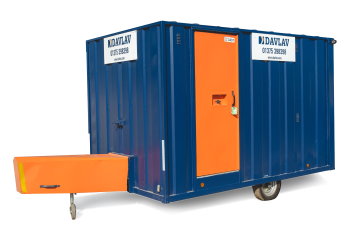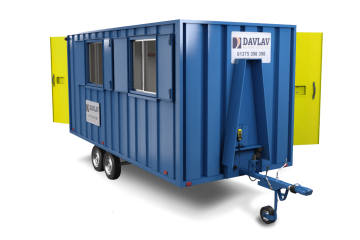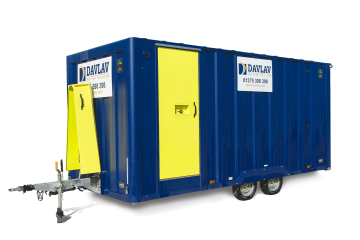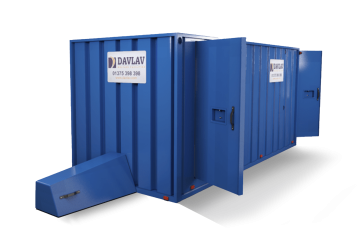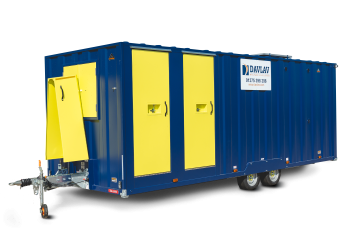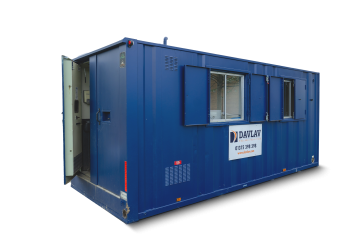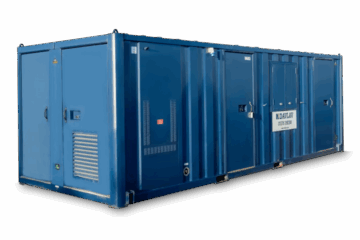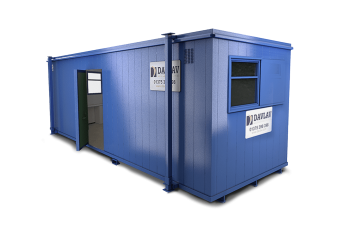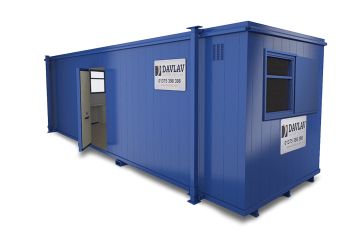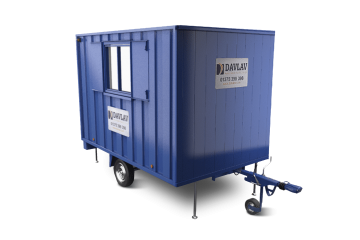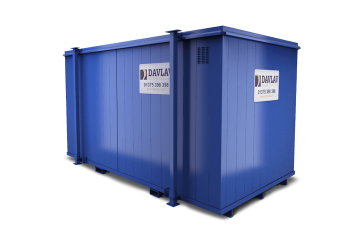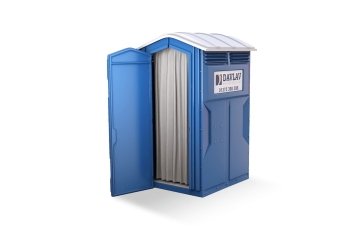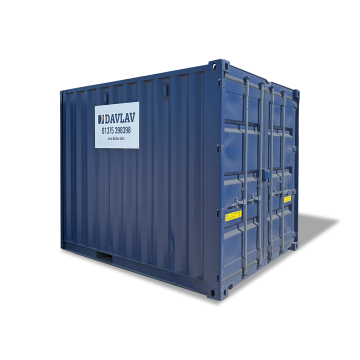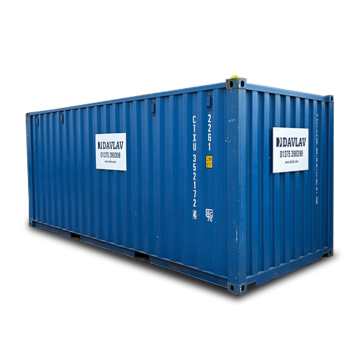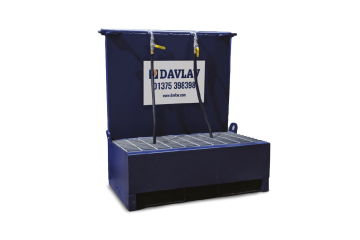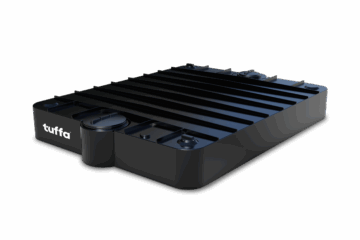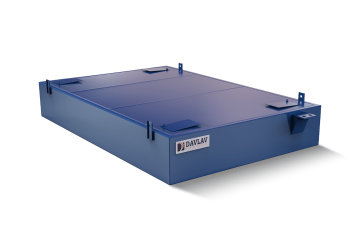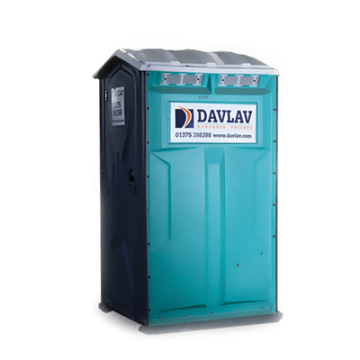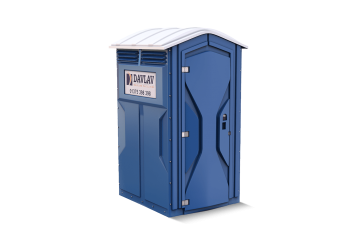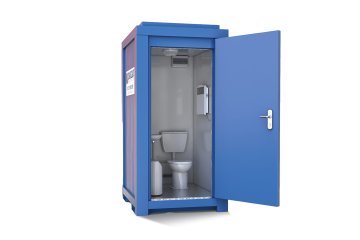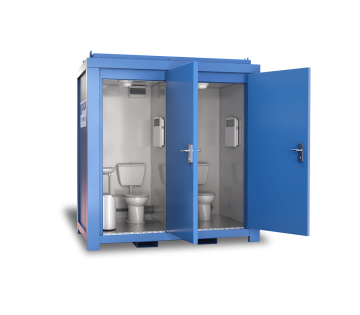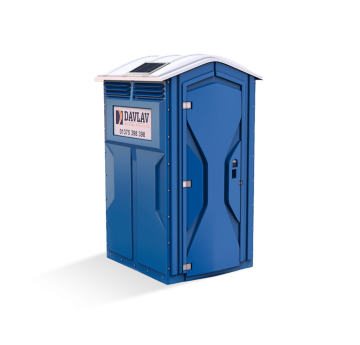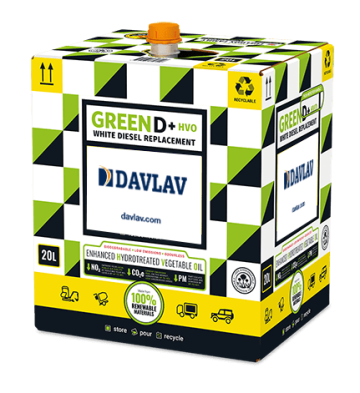Site safety reminders: Safety Signs and Fire Safety
Site Safety Reminders:
Site safety is extremely important and should never be over looked. This is in order so everybody on site can be protected from harm. We will take a look at some key areas of health and safety that everybody should know. Most sites require all workers to have safety accreditation cards. This is to prove they have been sufficiently trained in health and safety and will not be a danger to themselves or others. As well as them being able to know how to act in any potentially hazardous situations. These could be cards such as the CSCS (construction skills certification scheme) card. It is still always important to re-familiarise yourself even if you know them already. Today we will look at safety signs as well as fire safety.
Safety Signs
Construction sites are full of different safety signs to make everybody aware of what is going on so they can stay safe. Everybody should know how to read these signs and differentiate between their different colour schemes. There are 5 categories of safety signs these are; prohibition, warning, mandatory and safe condition. Each of these will all have their own colours so you can identify between them. This is so the reader of the sign can interrupt them quickly and in turn deciding how to react They are as follows:
Prohibition – Red and white
They usually indicate danger and are used to forbid certain actions. Eg. ‘no smoking’ or ‘no entry’.
Warning – Yellow and black
Warning sign are for people to take precautions and be careful. They are there to warn of potential hazards.
Mandatory – Blue and white
These are for when a specific action or behaviour is required. Eg. wearing protective equipment for specific tasks or in certain areas.
Safe condition – Green and white
The safety signs supply information on how to stay safe. These can be directions to fire exits and assembly points.
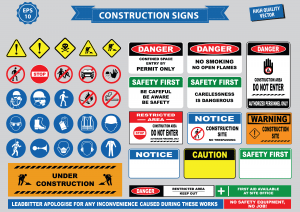
Fire Safety
Fire safety is of course extremely important. Prevention is key, this is better than any reactive measures. Prevention such as; leaving no rubbish or debris that could be a fire hazard and keeping exits clear. As well as having designated and isolated smoking areas.
It is important to prepared in case of a fire. To keep people safe there must be smoke and fire alarms, which are regularly checked. There should also be clearly labelled exit routes and assembly points as well as fire extinguishers. Extinguishers are a means to escape rather than to attempt to put out the fire completely. There are several types all of which are used for different types of fires. For a fire to exist it needs 3 elements these are heat, fuel and oxygen. When one of these is removed the fire will cease to exist.
The different types of extinguishers are:
- Water (red) – These remove heat, and are mostly used on wood and textiles.
- Foam (cream) – To be used on liquid fuels such as petrol.
- CO2 (black) – For electrical fires, it takes away the fires oxygen.
- Powder (blue) – These work on all types of fires other than wet chemical ones. They remove the oxygen from the fire.
- Wet Chemical (yellow) – They are mostly for commercial kitchens and are used on cooking oils and fats.
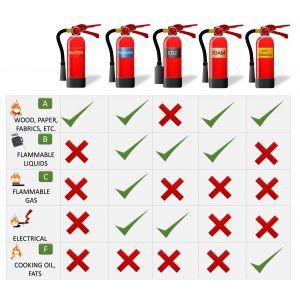
These extinguishers are for different kinds of fires, these fires depend on the material that is burning.
The different types are:
Class A – Solid combustible materials Eg. Paper, wood and textiles
Class B – Flamable liquids Eg. Petrol, diesal and oil.
Class C – Flamable gas Eg. Natural gas and propane.
Class D – Combustible metals Eg. Sodium, potassium and lithium.
Class E – Electrical Fires Eg. Short circuiting equipment.
Along with this blog we here at Davlav will do several other site safety reminders as a refresher to the basics. Be sure to keep an eye out for them. You can also check out our blog post ’10 Health and Safety factors you need to consider when hiring a toilet’. For more health and safety pointers.


